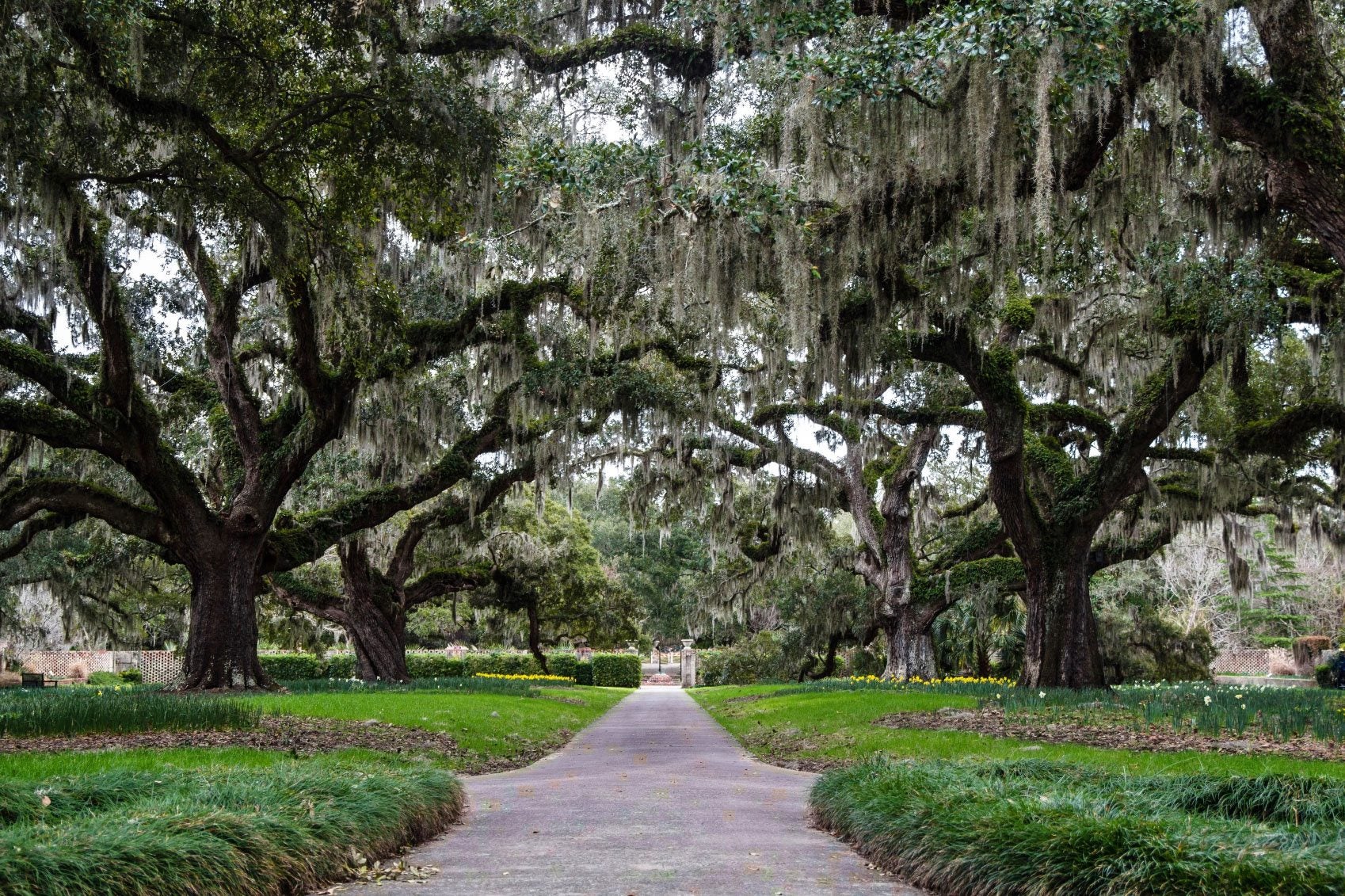What Is A Goth Garden? - Learn How To Create A Gothic Garden


Gothic gardens are not only popular around Halloween. They can be enjoyed year-round with the right design. Whether it be gloom and doom or whimsical and magical, the tips in this article can help get you started in designing a gothic garden for your needs.
What Is a Goth Garden?
Popular in the Victorian era, these once picturesque gardens used to be the equivalent to a fun-filled theme park in their day. Loaded with carefully orchestrated effects and morbid reflections of death, the gothic garden drew crowds then for the same reason horror flicks grab our attention today-- a good scare. This, of course, need not always be the case. Gothic garden design can take on a more magical concept too, depending on the gardener.
How to Create a Gothic Garden
When designing a gothic garden, it will help to bear in mind what creates a great gothic garden. Spooky details, like moss-covered tombstones or statuary, along with flower and foliage color geared towards the dark, creepy side of gardening is exactly what you need. Of course, you also have the option of filling your goth garden with ancient herbs and plants that have a popular past, especially those surrounded by legends and lore.
Goth Garden Plants
Witchcraft Related Plants
Common plants in a gothic garden design would be those associated with witchcraft-- or wicca, as it is known nowadays. Many of these plant types have historical use for medicinal purposes or “spells,” as it were. Some may even have names popular with their incantations like bull's eyes, dove's foot, and calf's snout. Native plants commonly found and used in goth gardens include more well-known types such as:
Native plants can also help with inviting common gothic critters to the area, such as toads, bats, snakes and more (if you want them, that is).
Death Colored Plants
Necrotic colored plants are another possibility, as death would certainly be considered appropriate in a dark, gloomy gothic setting. Choose flower colors that are deep purple, dark scarlet red, and nearly black as found in black garden themes. In addition, plants with dark foliage can create a gothic feel.
Creepy Plants
Don't forget those creepy plants either—you know, the ones that eat insects, smell bad, have strange names, or are just plain weird. There are many types of carnivorous plants that can be placed in a bog-like niche within the gothic scenery. Stinky plants are good too. Also look for plants with unusual shapes or names, as well as varying textures. These might include:
Sign up for the Gardening Know How newsletter today and receive a free copy of our e-book "How to Grow Delicious Tomatoes".
Spanish moss is considered an epitome of gothic plant life, giving a sense of dread. A groundcover of moss can also create an interesting effect in the gothic garden.
Tips on Designing a Gothic Garden
You can make a goth garden even more humdrum by giving it a disorderly appearance. Leaving plants a bit untidy and unkempt can be achieved by forgoing regular maintenance like deadheading and pruning. Instead of cleaning up the garden, allow some of the plants to wither and leave the faded blooms and seedheads. Leggy, unattractive plants add to the air of doom in the garden. Provide the garden with paths of various twists and turns, destination unknown. Add decrepit looking statuary (gargoyles, urns, etc.) and wrought-iron fixtures (gates, trellises, etc.). Include rustic signs and old, partially buried trinkets too. As previously stated, gothic gardens can also be designed with a less offensive or creepy feel, especially for those with kids. In this case, you may want to consider a more whimsical or magical approach such as a fairy garden. So instead of adding deathly objects, you could opt for mythical characters like gnomes, fairies, and elves hiding in various areas of the garden. Include fun, magical-like plants relating to these features like toadstools and moss. Finally, if a less gloomy approach is wanted, incorporate night-blooming, moon garden plants (evening primrose, moonflower, and nicotiana). They may not be much to look at during the day but will come alive after dark with brilliant glows and intoxicating scents.

Nikki Tilley has been gardening for nearly three decades. The former Senior Editor and Archivist of Gardening Know How, Nikki has also authored six gardening books.